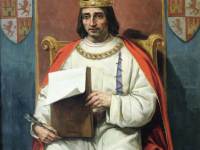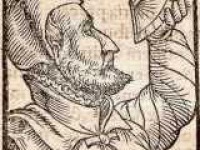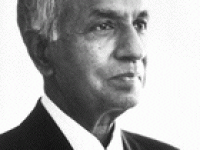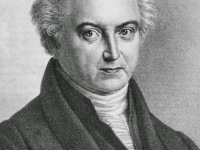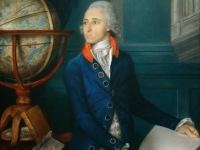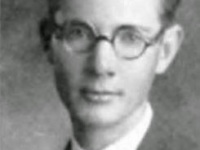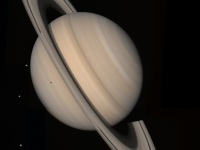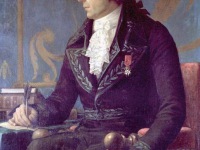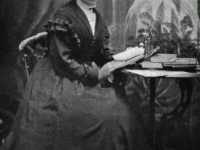Alfonso X from Spain and the Alfonsine Tables
On November 23, 1221, Spanish King and astronomer Alfonso X of Castile was born, who encouraged the preparation of revised planetary tables. These “Alfonsine Tables” a revision and improvement of the Ptolemaic tables, were the best available during the Middle Ages. “Had I been present at the Creation, I would have given some useful hints for the better ordering of the universe.” – Alfonso X, after studying Ptolemy’s treatise on astronomy.[10] Alfonso…
Read more

